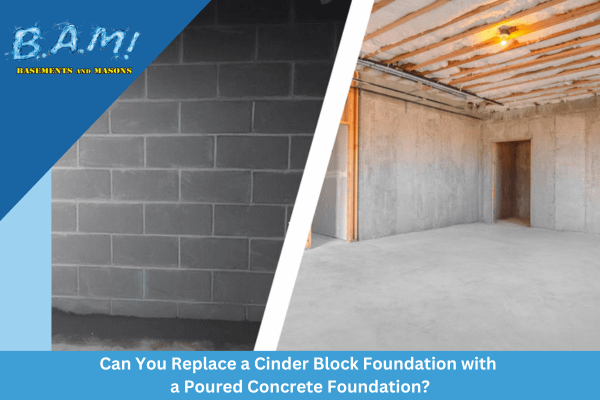Getting My Best Basement Waterproofing To Work
Table of ContentsFascination About Best Basement WaterproofingBest Basement Waterproofing for BeginnersThe Only Guide for Best Basement WaterproofingSome Known Facts About Best Basement Waterproofing.The smart Trick of Best Basement Waterproofing That Nobody is Discussing
uses excavation strategies towards the bottom of the framework's structure. entails removing moisture after it has actually gotten in the basement. AdvantaClean's qualified experts and specialists will locate the water source. If wall or slab fractures are existing, we will certainly infuse polyurethane and epoxies into the splits and seal the compromise, protecting against further moisture from getting in.Mounting cellar ventilation systems, conditioning systems, or basement dehumidifier systems to obtain water out of your basement. Choosing AdvantaClean's cellar waterproofing solutions is an effective method to treat moisture and stop mold from endangering the framework of your home and the wellness of your family.
A Biased View of Best Basement Waterproofing
You can waterproof just your interior wall surfaces, which might address the trouble. Once they dry, they adhere permanently to concrete and stonework wall surfaces.
Concrete water-proof finishes can not be used to formerly painted surfaces; check the label. Known as densifiers, they are ideal just for walls that have not been repainted or secured.
Yet you brush, roll, or spray it on much even more heavily one gallon covers just 75 square feet, not the 300 square feet regular with standard paint. Waterproof paint is fine for do it yourself application. You can use it over painted surface areas, and paint over it once it's treated (one gallon prices $37).
It can set you back $10,000 to $15,000, depending on the work required. Exterior waterproofing includes digging deep into all around the home to the complete depth of the structure wall surfaces, then mounting a water-proof layer or membrane layer topped by drain panels.
Little Known Questions About Best Basement Waterproofing.
A cellar without waterproofing is kind of like that. Your basement does not want to go through a rainstorm without appropriate protection simply as much as you don't want to.
But if you've done your research, you would certainly understand there are two kinds of waterproofing: interior and exterior. It can get confusing what they both mean, which one's a better investment, and what will actually maintain the water out. Don't fret, we created this blog site to easily specify both techniques for you and review the advantages and disadvantages of each.
Outside waterproofing is a waterproofing technique that entails sealing your home from the exterior. It's kind of like a moat around a castle. It entails digging a trench around your whole residence down to the structure (about 8 to 10 feet down). The structure walls are then cleansed, sealed, and covered with a water-proof membrane layer or sealant.
Some Known Details About Best Basement Waterproofing
The largest benefit of outside waterproofing is that it prevents water from entering your cellar to begin with. Unless you have a leaky washing machine, water usually goes into the cellar from the exterior. Groundwater check out here and hefty rains can permeate in through the splits in your foundation, so exterior waterproofing can avoid water from entering your home.

Interior cellar waterproofing involves waterproofing from the within. Any type of water that leaks into your basement is redirected prior to it touches your floor. It's sort of like using a raincoat under your clothing. It entails 2 points: a water drainage track and a sump pump. It functions by sealing the within your basement walls and floorings so water that attempts check this site out to go into is carried out via a sump pump.
Best Basement Waterproofing Fundamentals Explained
It's an effective approach to waterproof your cellar. The drawback of interior basement waterproofing primarily has to do with the setup process. This approach needs stored things, furnishings, and integrated shelving or cupboards to be moved from touching the basement wall surfaces. And during setup, your cellar can't be made use of. The largest distinction in between the two approaches is this: Exterior waterproofing is a preventative solution and interior waterproofing is a restorative remedy.
Finally, outside and interior basement waterproofing are both efficient methods of securing your home from water damages. Outside waterproofing creates an obstacle that stops water from entering your home, while interior waterproofing redirects water that does enter your home. And it is necessary to keep in mind that exterior waterproofing is a pricey and disruptive setup procedure when contrasted to indoor waterproofing.
Whichever approach you select, make sure you select a trusted and credible contractor for the job. If you have any kind of concerns regarding basement waterproofing, please click this site reach out to us.